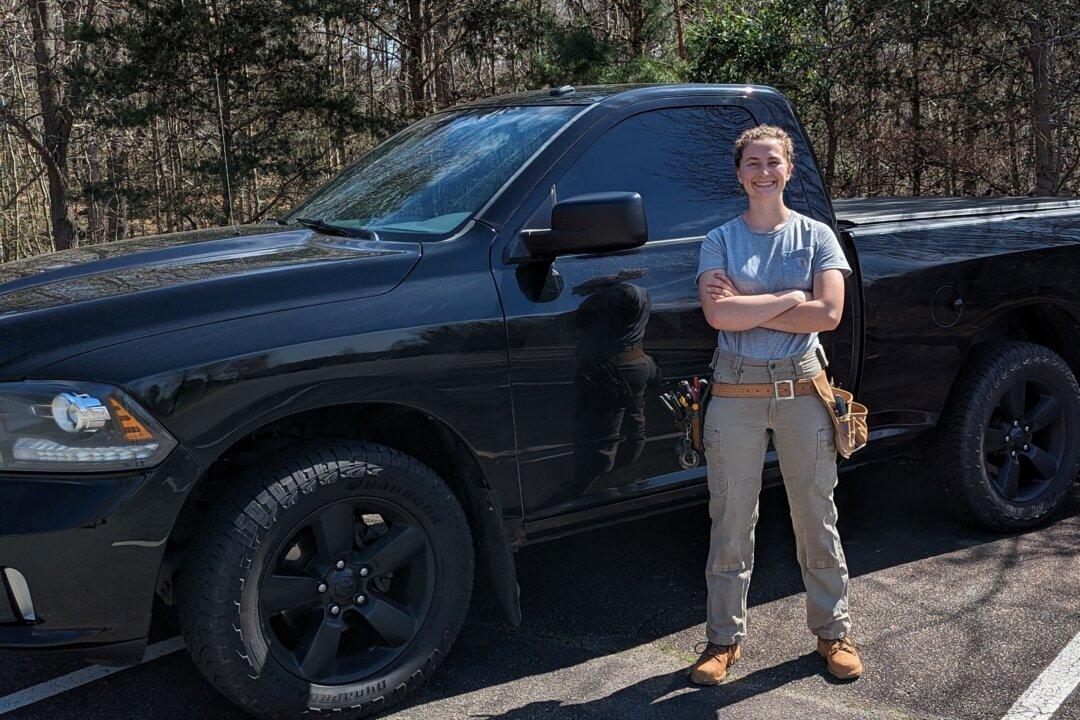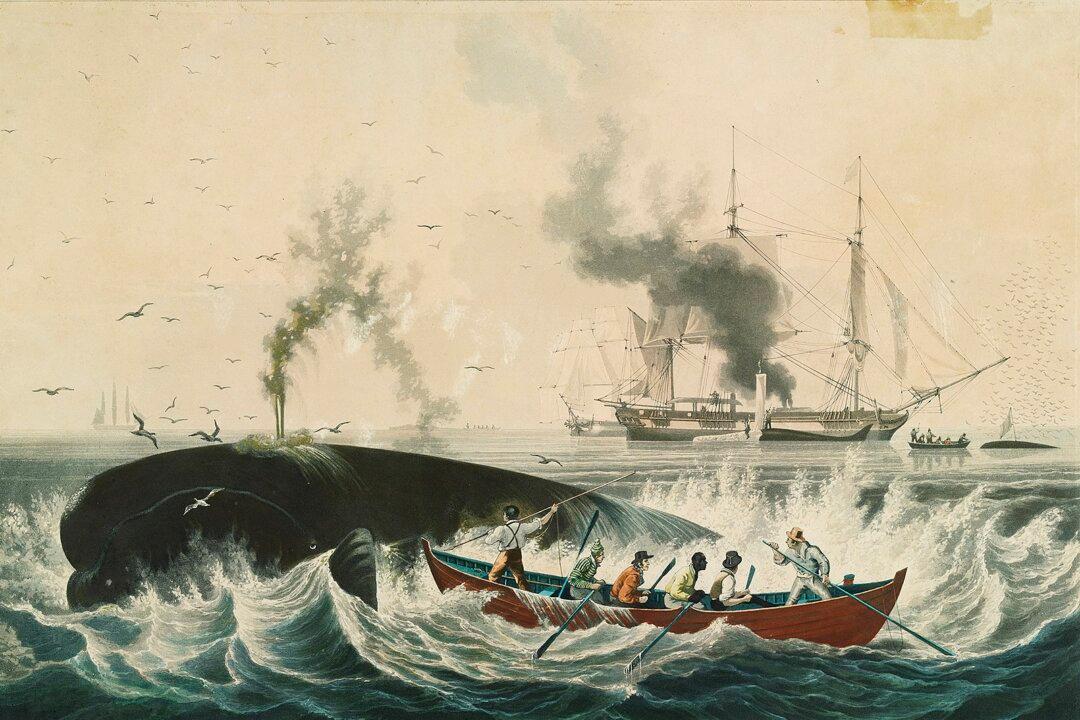“You can get information online,” investigative journalist Sharyl Attkisson says, “but trust your cognitive dissonance and talk to the people around you. You’ll get a whole different picture of what’s really happening.”
Yet here we are just a couple of years later where some know-nothing third party whose strings are being pulled by corporate or political interests is telling us what we can and can’t read and what we should believe.
This is all part of a well-funded, well-organized landscape that dictates and slants the information they want us to have.
But if the government doesn’t like what you say and do, that can get you fired from your institution or make it so you’ll never get a grant again. So a lot of people are afraid to talk about these things. It’s a dangerous environment when esteemed scientists who have valuable information and opinions are afraid to speak up.
It’s well-documented, for example, that taxpayer money was used over a period of years to fund controversial research involving China. Every scientist I spoke to thought this partnership with the communist Chinese was one of the most ill-advised things they could think of. Yet they didn’t want to say that publicly.
Definitions now are being rewritten and changed to fit with whatever the establishment wants people to think. Websites are changed and definitions are altered to fit the narrative.
In the beginning, some claimed that the vaccines were nearly 100 percent effective at preventing infection. Today I’m hearing people say, “No, no one ever said the vaccines would prevent infection.” So this definition of these vaccines was modified over time because they turned out to be wholly ineffective in a traditional sense at preventing infections.
Do you know about the Wayback Machine?
It’s a fascinating way to prove this attempt to change our perceptions of reality.
Very early on, Dr. Fauci testified to Congress that the death rate for coronavirus was 10 times worse than the flu, which sounded pretty serious.
Yet I came across an article published in a scientific magazine about the same time, authored by Dr. Fauci, that said it was about like a bad flu season. Why would he be testifying to Congress that it was 10 times worse, but writing in a scientific journal that it was about the same?
It turns out COVID wasn’t 10 times worse than the flu. We were also wrong in sending infected people from hospitals to nursing homes. Many scientists told me that it was wrong to isolate at home. We had early data that showed the vast majority of the people hospitalized with coronavirus had been isolating at home and that people outside weren’t getting as sick.
Yet here we were telling people to isolate at home when we should have been telling them to go to the parks and beaches.
We were wrong to say the vaccines prevented infection. We were wrong to say they prevented spread. Then we were wrong to say it prevented hospitalization and death. It may do so in some cases, but it certainly didn’t do what it was designed and advertised to do.
And we were wrong not to focus more on therapeutics prior to vaccines and even post-vaccine. Many scientists will tell you that.
In fact, as we know, Omicron spreads very well among the fully vaccinated. Maybe it doesn’t make them sicker, but it seems to be a very efficient spreader among the vaccinated. The notion that this was a pandemic of the unvaccinated isn’t supported by the scientists I talked to.
The people who want to control the information understand that if they can control a few sources, like Google and Twitter and Facebook and Wikipedia, they’ve got a lock on information. The goal is to make people live online and think it’s reality.
As I wrote in The Smear, their goal is to make you believe you’re an outlier and to make you afraid to say what you think. They want to make you feel like you’re the one that’s crazy, even though you may be of the majority opinion. So I’m constantly telling people to live outside the box.
You can get information online, but trust your cognitive dissonance and talk to the people around you. You’ll get a whole different picture of what’s really happening than if you’re looking online.
But there’s a large chunk of the population that wants the truth, even if it’s not what they want to hear. Our search for the truth is part of us, and it will ultimately win out.
Today, I really encourage people to try to find some original sourcing. From The Epoch Times, for example, I get all kinds of information I can’t find elsewhere, including great investigations with graphics that explain things in-depth—good old-fashioned journalism.






